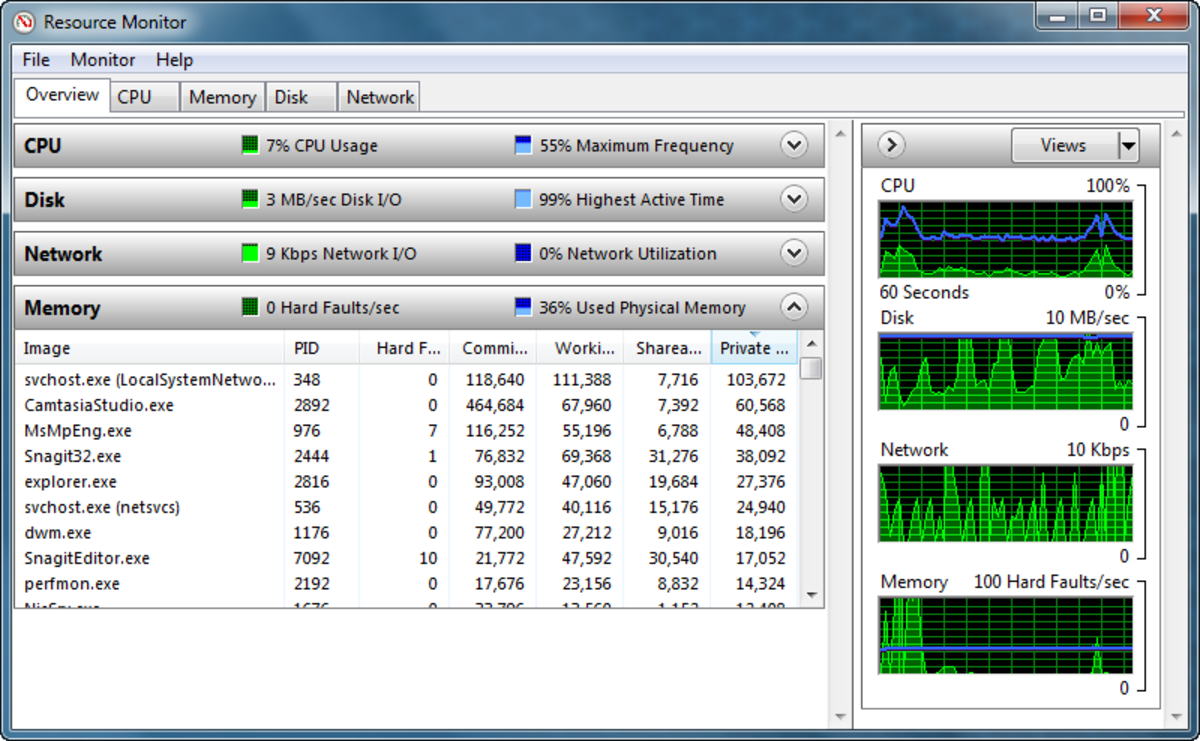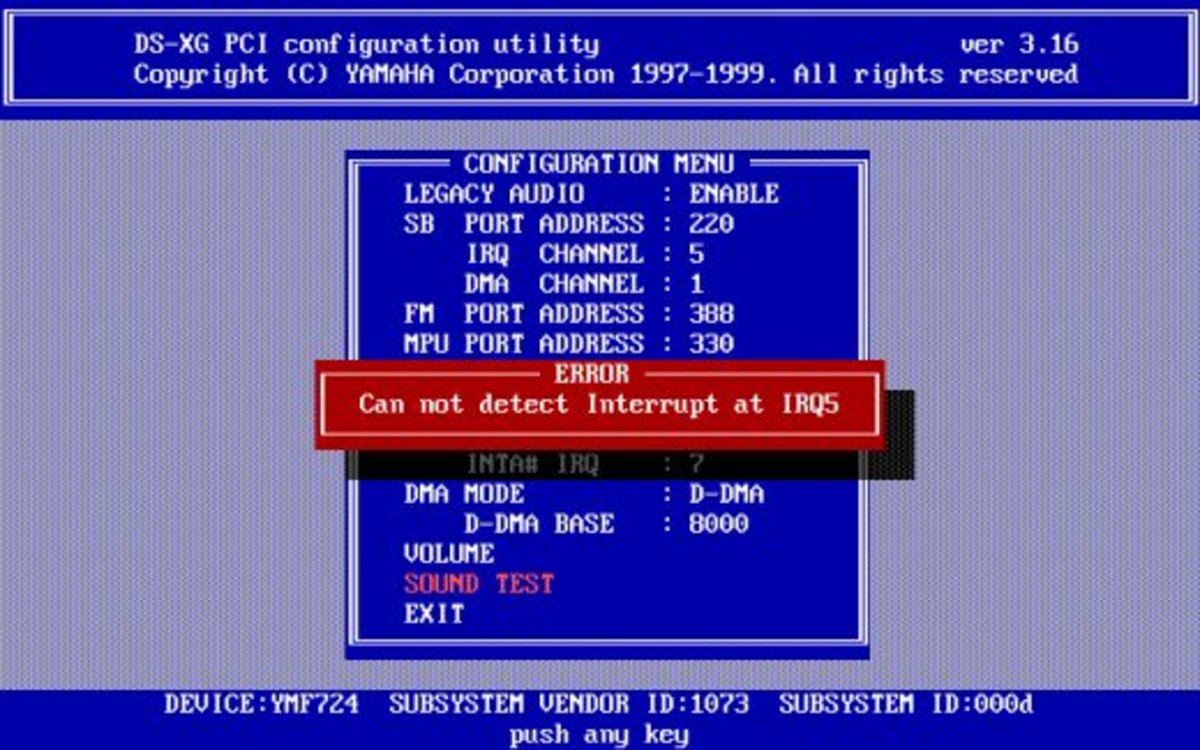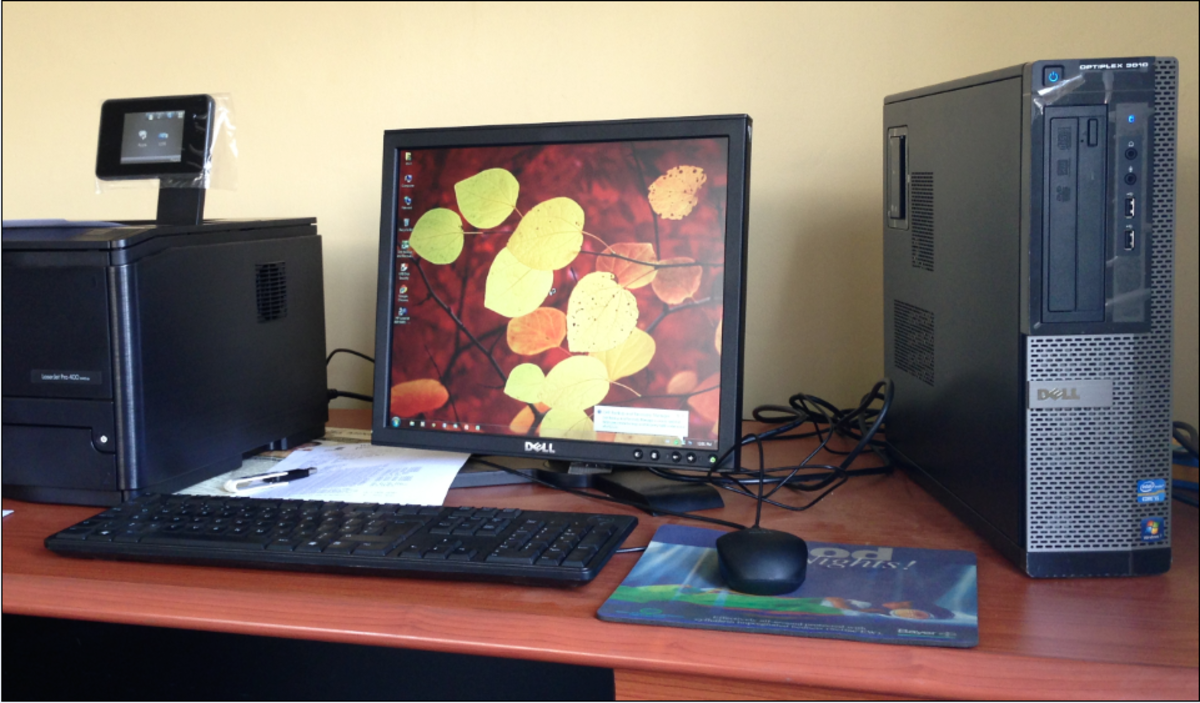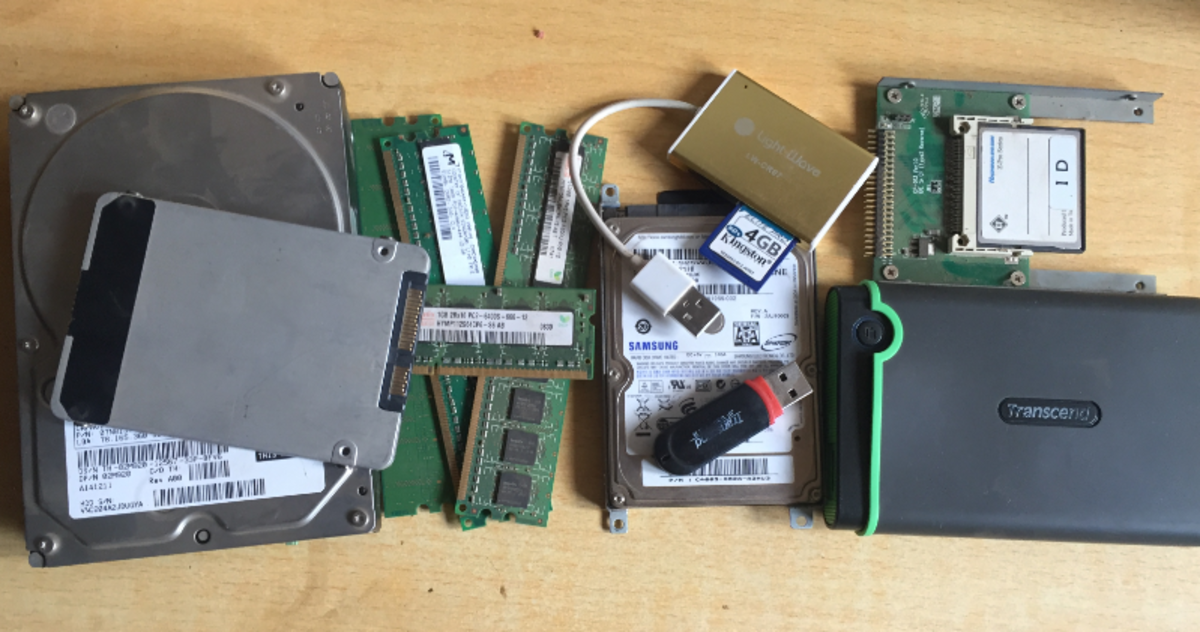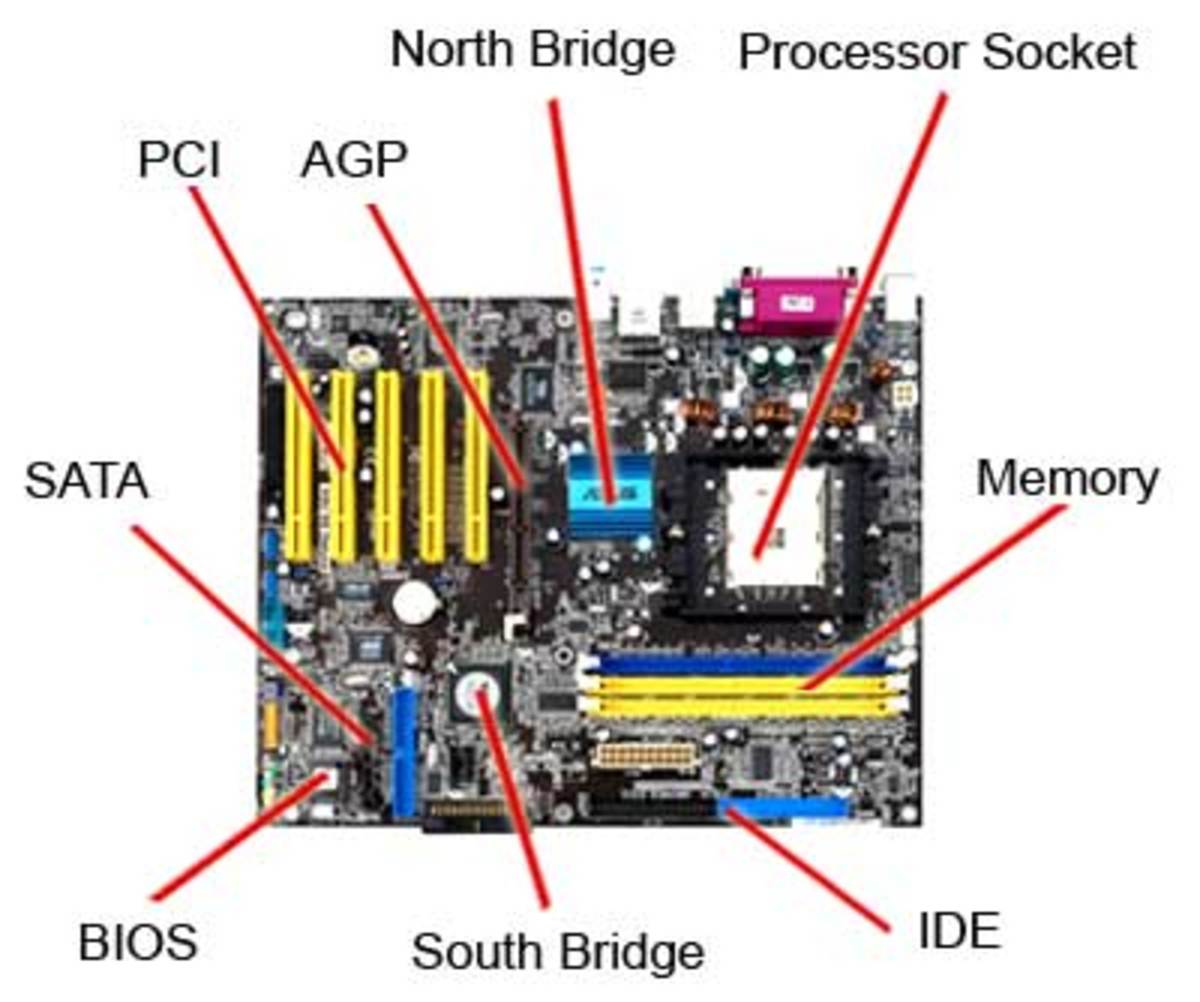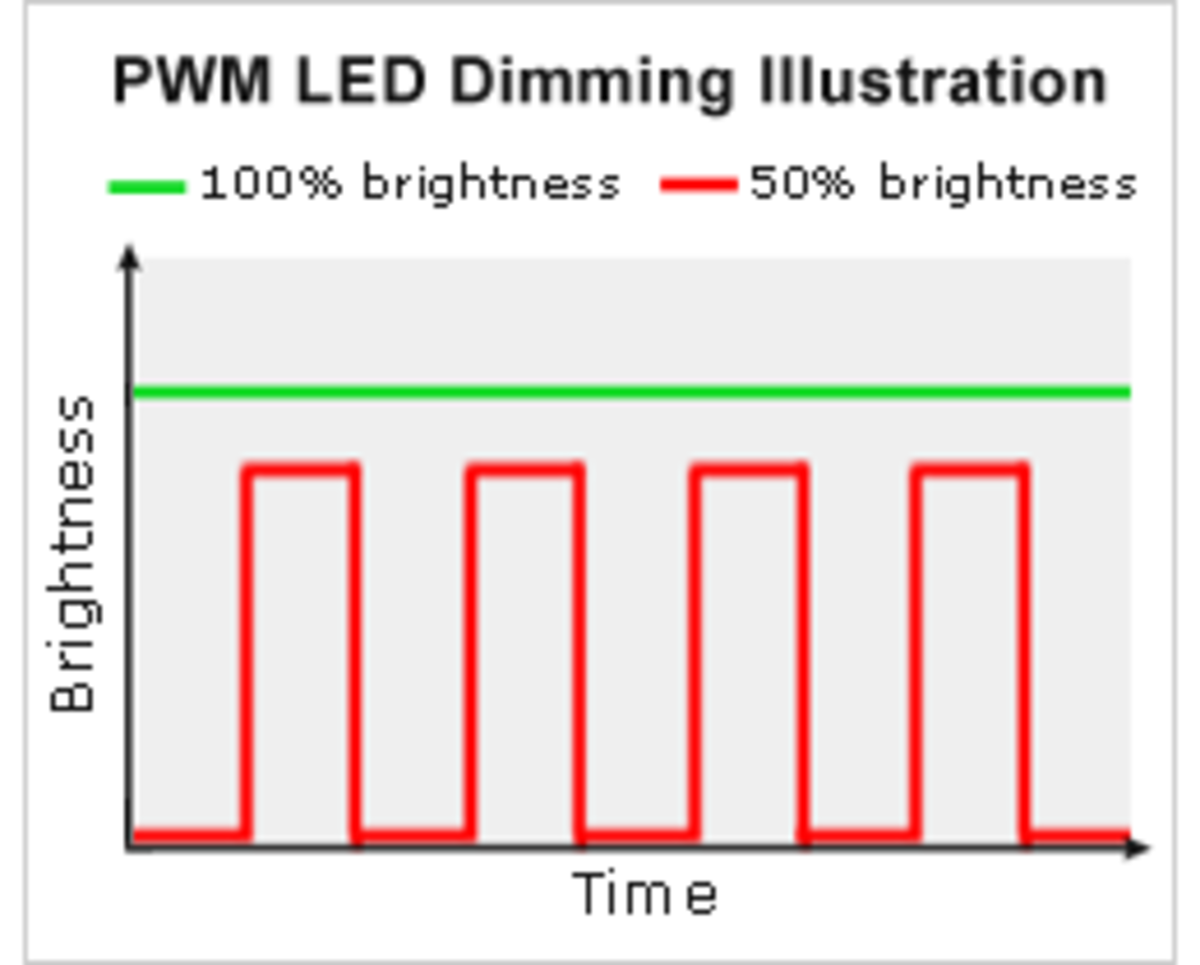- HubPages»
- Technology»
- Computers & Software»
- Computer Hardware
The Development of USB Flash Memory in Recent Years

USB Technology & Promotional USB Flash Memory Drives.
Flash drives, or USB flash drives, were originally developed from the original flash memory drives that were first produced during the mid-1990s.
Several organisations claimed the credit for developing these devices but the majority accept that they were first developed by M-Systems and were later acquired by SanDisk.
It was widely appreciated that these devices could be very useful but it was the ability to connect them to computers and other equipment without the need for special drivers and by using the ubiquitous USB interface, that guaranteed the ongoing success and demand for USB Flash Memory Drives.
IBM Pioneering Technology With USB Flash Memory
The records show that IBM offered for sale an 8byte USB Flash Drive System and this had improved significantly by 2003 to 64Bytes.
Nowadays, USB Flash Memory Drives are made by lots of different manufacturers and the capacity available has increased to be measured in Gigabytes. Alongside this, happily, the cost has decreased significantly with an average cost now being closer to $10.
However, as with many such developments, there comes a point when further improvements become difficult if compatibility with older technologies is to be preserved.
This is especially important as many people have invested heavily in the older technologies and need to gain suitable benefit from that investment before leaving it to one side in preference for newer developments.
To USB or Not to USB - That is the Question
Many people reading this will surely be aware of other technical advances which have, almost overnight, rendered obsolete the existing standards that were already widely adapted. The much quoted example of VHS video overshadowing Beta-Max a few years ago is a case in point and even those who argued that Beta was a superior technology had to admit defeat due to the rapidly dwindling number of titles available in the format compared to VHS.
The world of the DVD is being similarly eclipsed by Blue Ray although fortunately Blue Ray players can at least play DVDs as well.
We are also witnessing radio and television moving from analogue to digital technology and, when it comes to USB Flash Memory and other USB devices the way forward will be by applying the ancillary specifications that have been encompassed in the enhanced speed and power capabilities that were announced by the USB 3.0 Promoter Group in Beijing during April 2012 and later in San Francisco during September 2012.
USB Got The Power
The USB Power Delivery Specification is going to deliver significant advantages by both cable and USB connectors, as it enables higher voltage providing power up to 100 watts and we understand that it can also enable users to switch the source of power delivery without the need to change the cable direction.
Furthermore, it is completely compatible and capable of working alongside the USB battery-charging 1.2 specification as well as all other USB bus-powered applications.
During 2012 the new innovations were almost complete and were on track for completion by the end of the year. Already, working prototypes had been made and had been successfully tested. The final work needed was well advanced which allowed the early release of the relevant specifications.
Satisfying the Need for Speed
Obviously, the provision of greater speed and higher levels of power are to be applauded but it is true that the real advances are to be found in the increase in the number of practical applications that can be derived from the definition of such chip-to-chip interconnect abilities and this will bring forward the MIPI Alliance’s M-PHY high bandwidth as well as low power capabilities when SuperSpeed USBs become available.
Here at Mfatech we have seen that several representatives of the USB Promoter Group have confirmed that the SuperSpeed USB was being developed to provide additional technology platforms and additional formats. It seems that the Group is looking forward, with some excitement, to these developments and technologies coming to fruition.
It is believed that the SuperSpeed USB is going to provide increased usages to the widely used USB standard specification whilst at the same time remaining completely compatible with the huge number of USB Flash Memory and other USB devices that are currently in use. This technology can deliver up to 10x the transfer of data that is currently available from high speed PUSB devices as a result of improved power efficiency.
The USB specification was developed in the USA by the USB 3.0 Promoter Group. The group comprises of such industry leaders as Hewlett-Packard, Intel Corporation, Microsoft, Renesas Electronics, ST-Ericsson and Texas instruments.
The USB-IF Implementers Forum, is a not for profit organisation that was formed to provide support for the general advancement of USB technology.
In the UK, MFA Technology have closely monitored these developments. MFA, based in Newbury, Berkshire, supplies standard, and enhanced, personalised USB Flash Memory and other devices to customer’s specific requirements, meeting such needs quickly and efficiently.
Useful Further Information
- personalised usb memory sticks and promotional electronics
Mfatech provide promotional usb, personalised usb memory sticks, branded usb sticks, branded usb and other promotional items such as powerbanks, to organisations

